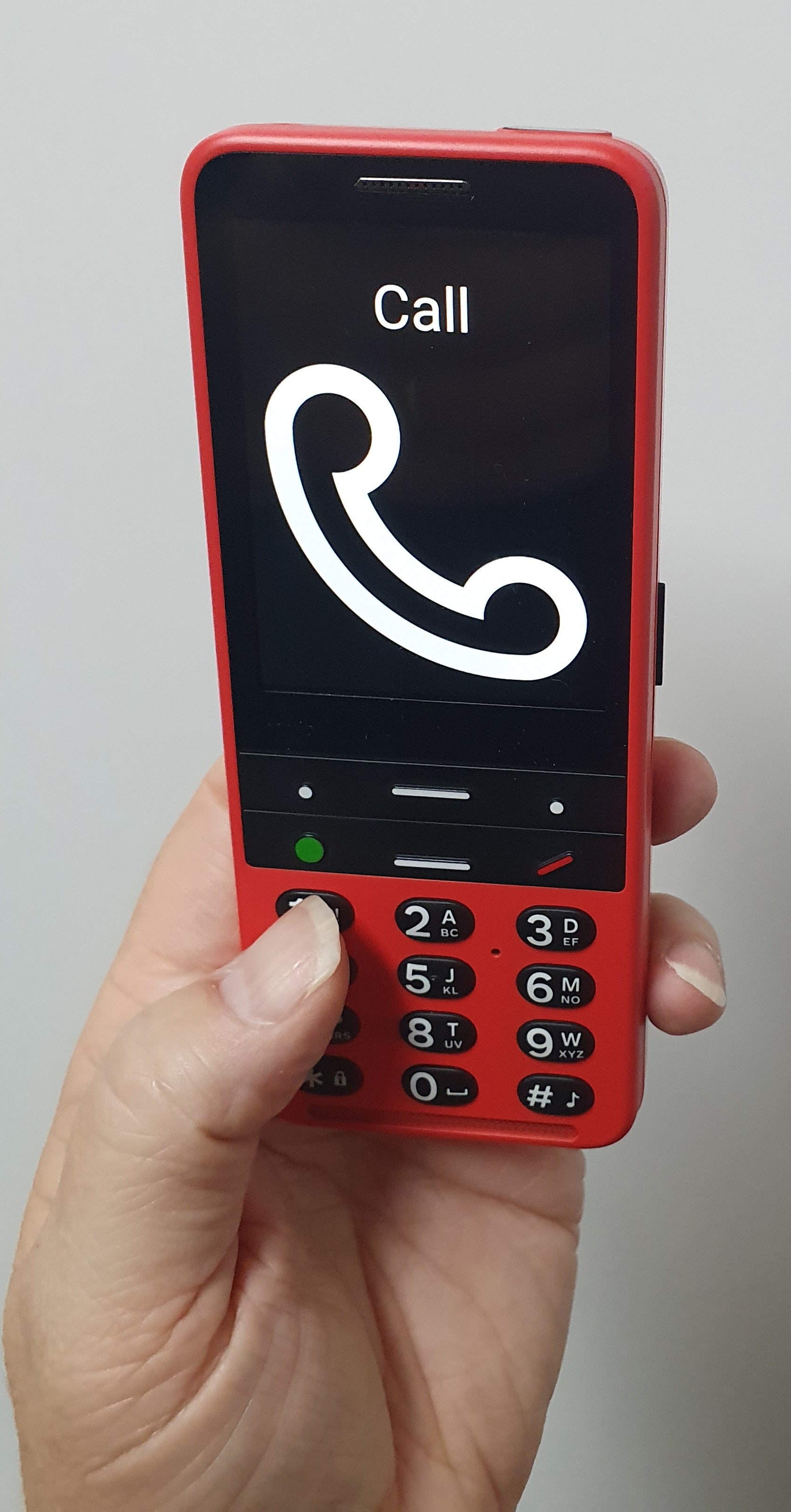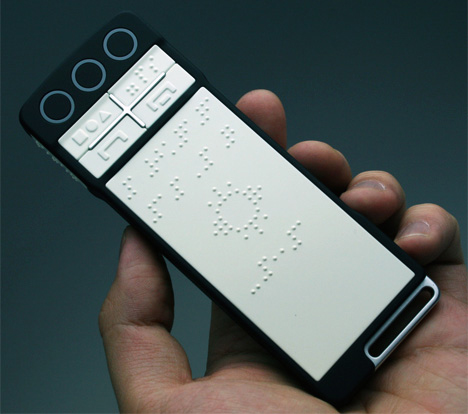Speech-to-Text Devices for Low Vision: Closing the Communication Gap
Speech-to-Text Devices for Low Vision: Closing the Communication Gap
Blog Article
Enhancing Lives With Advanced Assistive Devices for the Blind
The integration of advanced assistive tools for the blind is transforming just how individuals experience their surroundings and engage with their neighborhoods. What does this evolution indicate for the future of assistive modern technology and its function in equipping people?
Overview of Assistive Instruments
Assistive gadgets for the blind encompass a diverse array of technologies and tools created to improve independence and enhance the top quality of life for individuals with aesthetic problems. These devices satisfy different needs, from navigating and flexibility to communication and day-to-day task management.
Among the primary classifications of assistive tools consists of flexibility help, such as white walking canes and guide pet dogs, which aid users navigate their environments safely. Digital travel aids, equipped with sensors and audio comments, likewise play a considerable duty in mobility improvement.
Furthermore, tools that assist with everyday living activities, such as flexible kitchen area tools, Braille labels, and chatting watches, encourage people to perform jobs individually. Interaction aids, including screen visitors and Braille screens, help with access to details and enable individuals to engage properly with the electronic world.
Moreover, low-tech options like amplifying glasses and large-print products continue to be essential for numerous individuals. Collectively, these assistive gadgets serve not just as useful tools yet additionally as vital enablers of freedom, cultivating greater engagement in a globe that often focuses on sighted experiences. Their integration into day-to-day live is important for advertising inclusivity and improving overall well-being for those with visual problems.
Innovative Technologies being used
Technology in technology has actually dramatically changed the landscape of tools offered for people with aesthetic disabilities. Amongst one of the most remarkable innovations are clever glasses integrated with increased truth, which supply real-time navigation aid and things acknowledgment. These gadgets take advantage of advanced cameras and expert system to provide auditory signs, boosting the customer's spatial understanding and autonomy.
Furthermore, mobile applications have actually become effective sources, making it possible for customers to identify currency, reviewed message aloud, and navigate unfamiliar settings with verbal guidelines. Devices such as Braille displays and refreshable Braille gadgets remain to evolve, using smooth connection with mobile phones and computers, thereby enhancing interaction and access to info.
Wearable innovation, consisting of smartwatches furnished with voice-activated features, further encourages individuals by promoting quick access to notifications and informs without needing visual engagement. Tactile maps and 3D printing are also getting traction, providing substantial depictions of areas that aid in positioning and movement training.
Collectively, these ingenious innovations not only boost the every day lives of visually damaged individuals but additionally foster greater independence, inclusivity, and engagement with the broader neighborhood, therefore improving assumptions of ease of access. (Speech-to-text devices for low vision)
Individual Stories of Empowerment
Empowerment frequently arises from individual experiences that highlight the transformative impact of innovation on individuals with aesthetic impairments. Take, for circumstances, the tale of Sarah, a young artist that reclaimed her enthusiasm for painting through using a wise walking stick geared up with obstacle discovery. This tool not only promoted her flexibility yet instilled a newly found confidence, enabling her to navigate public spaces separately and pursue her innovative ventures.

These narratives highlight the extensive results that progressed assistive gadgets can have on every day life. By making it possible for individuals to conquer barriers, modern technology fosters a feeling of autonomy and self-regard. Such empowerment tales serve as a testimony to the possibility of innovation, illustrating exactly how the right devices can considerably enhance quality of life and open doors to new opportunities for those with visual problems.
Advantages of Advanced Solutions
How can advanced solutions essentially improve the lives of individuals with aesthetic problems? The integration of innovative innovation into assistive gadgets significantly transforms day-to-day experiences for those affected by vision loss. These innovative solutions offer extraordinary freedom, enabling individuals to navigate their atmospheres with confidence. why not look here Tools such as clever canes equipped with sensing units, navigating applications, and wearable technology are made to supply real-time comments, improving spatial awareness and decreasing the threats connected with wheelchair.
Additionally, progressed assistive innovations foster social addition by facilitating communication and communication. Voice-activated devices and apps permit individuals to accessibility information and engage with their environments independently, breaking obstacles that formerly hindered their engagement in academic, professional, and social setups.
On top of that, the modification and adaptability of these services satisfy the varied needs of individuals, consequently boosting their general quality of life. Enhanced capability, such as item acknowledgment and text-to-speech capacities, empowers individuals with visual disabilities to carry out tasks that they might have once found testing. Ultimately, advanced assistive modern technologies not only improve self-reliance and safety and security but additionally advertise dignity and self-worth, enabling individuals to lead satisfying lives.
Future Fads in Assistive Tech
As technology remains to evolve, the landscape of assistive tools for the blind is poised for amazing innovations that will certainly better enhance accessibility and self-reliance. Arising fads in assistive technology show a shift toward enhanced integration of expert system (AI) and equipment learning, enabling gadgets to adjust to individual user requires in real-time. These technologies are expected to facilitate even more instinctive navigating systems that can identify obstacles and offer audio responses, dramatically improving outdoor movement.
Furthermore, the advancement of wearable tech, such as wise glasses furnished with augmented fact, will certainly enable users to receive contextual info regarding their environments, consequently enhancing their spatial understanding. Furthermore, innovations in haptic modern technology promise to produce responsive feedback devices, permitting individuals to perceive details with touch, improving understanding and interaction with their setting.
Telecommunication breakthroughs are additionally paving the method look at these guys for remote aid remedies, where skilled experts can give support using video clip phone calls, guaranteeing assistance is readily easily accessible. As these patterns unravel, the future of assistive tools for the blind will definitely promote better freedom, empowering individuals to navigate their globe with confidence and simplicity.

Verdict
The assimilation of Source sophisticated assistive devices for the blind represents a significant advancement in cultivating self-reliance and improving lifestyle. By making use of ingenious technologies, these gadgets empower customers to browse their environments with better self-confidence and autonomy. As the area remains to progress, continuous research study and advancement will likely yield a lot more innovative remedies, additionally transforming the lived experiences of people with aesthetic problems and promoting a better feeling of addition within society.
The assimilation of advanced assistive tools for the blind is changing just how individuals experience their environments and interact with their areas. The assimilation of advanced innovation into assistive devices considerably changes day-to-day experiences for those affected by vision loss.As modern technology continues to progress, the landscape of assistive tools for the blind is poised for amazing developments that will additionally improve availability and self-reliance. Arising fads in assistive innovation show a change toward boosted assimilation of fabricated intelligence (AI) and equipment knowing, making it possible for gadgets to adapt to private customer requires in real-time.The integration of innovative assistive devices for the blind represents a considerable improvement in cultivating self-reliance and boosting quality of life.
Report this page